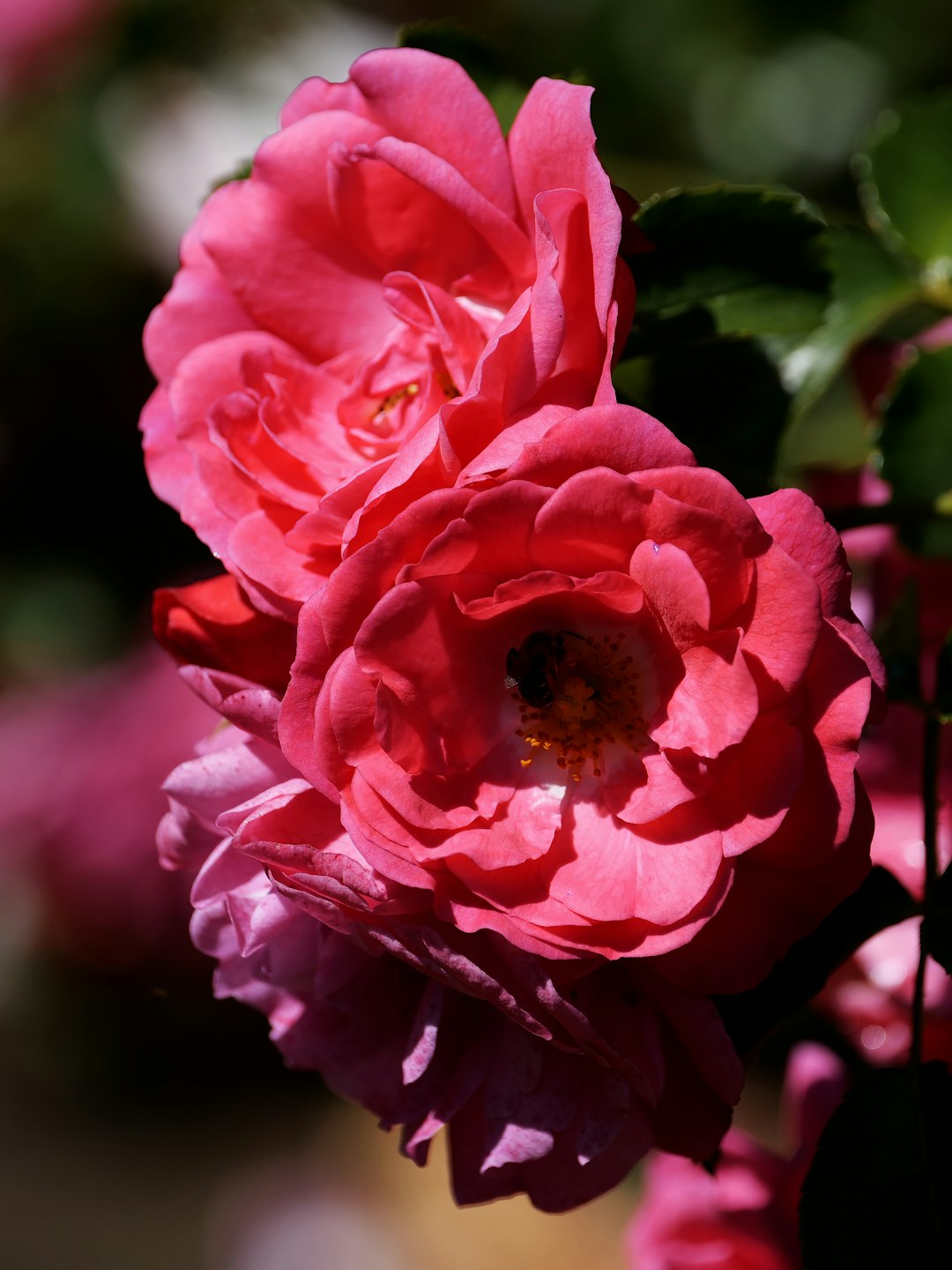Unveiling the Secrets of Mandevilla Care

Embarking on the journey of gardening is a rewarding venture, and one plant that can add a touch of tropical allure to your outdoor or indoor space is the mandevilla. This classic tropical plant is known for its vibrant flowers and lush foliage. In this comprehensive guide, we will explore the essential aspects of caring for mandevilla, including light requirements, watering needs, soil preferences, and overwintering tips.
Light Requirements
Mandevilla thrives in bright, indirect sunlight. While it loves the sun, direct, intense sunlight for extended periods can scorch its leaves. If you are growing mandevilla outdoors, choose a location that receives morning sun and afternoon shade. This way, the plant gets enough light to fuel its growth and blooming but is protected from the harsh mid - day sun. Indoors, place the mandevilla near a south - or west - facing window, but consider using a sheer curtain to filter the sunlight if it is too strong.
Watering Needs
Proper watering is crucial for the health of mandevilla. These plants prefer consistently moist soil but not waterlogged conditions. During the growing season, which is typically spring and summer, water the mandevilla when the top inch of the soil feels dry to the touch. Use your finger to test the soil moisture. Water deeply until the water drains out of the bottom of the pot if it is in a container. In the winter, when the plant is in a semi - dormant state, reduce the frequency of watering. Overwatering during this time can lead to root rot, a common problem that can be fatal to the plant.
Soil Preferences
Mandevilla grows best in well - draining soil that is rich in organic matter. A good potting mix for mandevilla should contain a combination of peat moss, perlite, and compost. The peat moss helps retain moisture, while the perlite ensures proper drainage. If you are planting mandevilla in the ground, amend the soil with compost or well - rotted manure to improve its structure and fertility. The soil pH should be slightly acidic to neutral, around 6.0 to 7.0. You can test the soil pH using a soil testing kit available at most garden centers.
Fertilizing
To encourage healthy growth and abundant blooming, fertilize your mandevilla regularly during the growing season. Use a balanced, water - soluble fertilizer with an NPK ratio of 10 - 10 - 10 or 20 - 20 - 20. Follow the instructions on the fertilizer package for the correct dosage and frequency. Generally, you can fertilize every two to three weeks. As the plant enters the fall and winter, reduce or stop fertilizing as it slows down its growth.
Pruning
Pruning is an important part of mandevilla care. It helps maintain the plant's shape, promotes bushier growth, and encourages more flowers. Prune your mandevilla in the early spring before new growth begins. Remove any dead, damaged, or diseased branches. You can also trim back overgrown branches to keep the plant in bounds. For a more compact and bushy plant, pinch off the tips of the branches. This will stimulate the growth of lateral branches, resulting in a fuller plant.
Overwintering Tips
If you live in a region with cold winters, you need to take special care of your mandevilla to help it survive the cold months. Before the first frost, bring the potted mandevilla indoors. Place it in a cool, bright location, such as a basement or a garage with a window. Reduce watering and stop fertilizing. The plant will go into a semi - dormant state. In the spring, when the danger of frost has passed, gradually acclimate the mandevilla to outdoor conditions by placing it outside for a few hours each day and increasing the time over a week or two.
In conclusion, caring for mandevilla requires attention to its light, water, soil, fertilizing, pruning, and overwintering needs. By following these tips, you can enjoy the beauty of this classic tropical plant year after year. Whether you are a seasoned gardener or a beginner, mandevilla is a great addition to any garden or indoor plant collection.